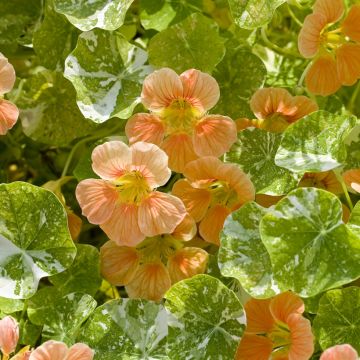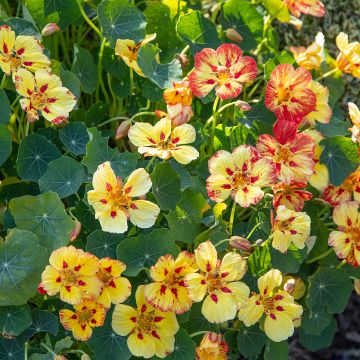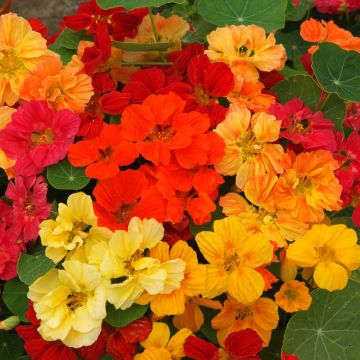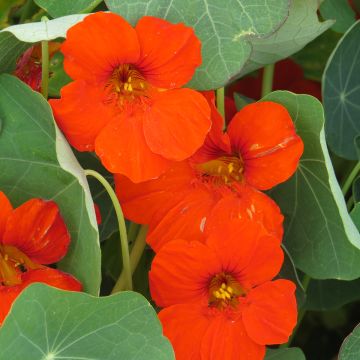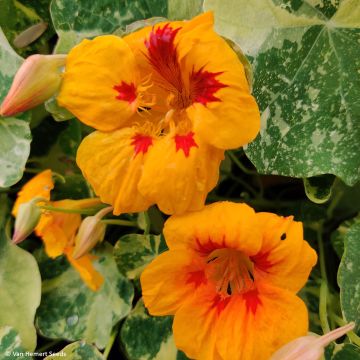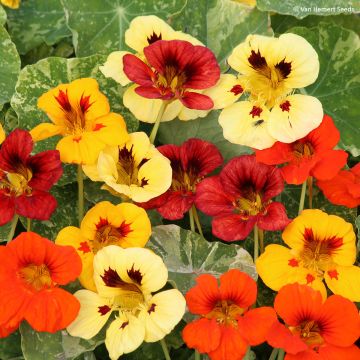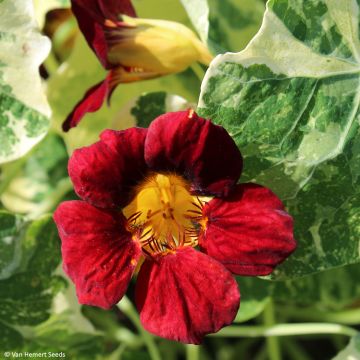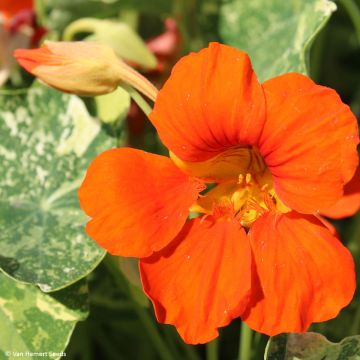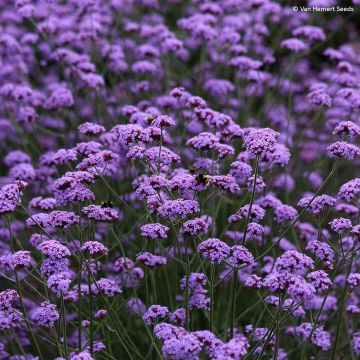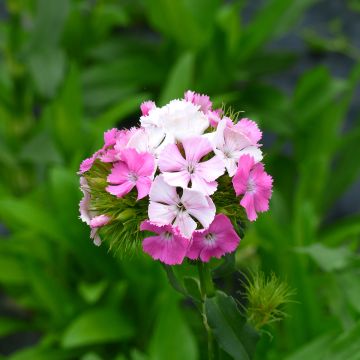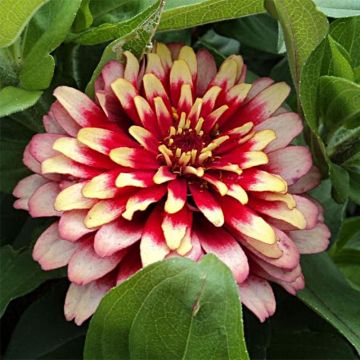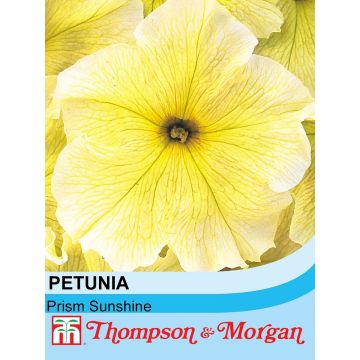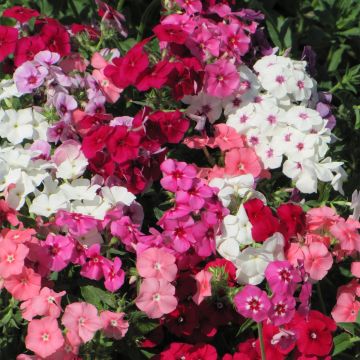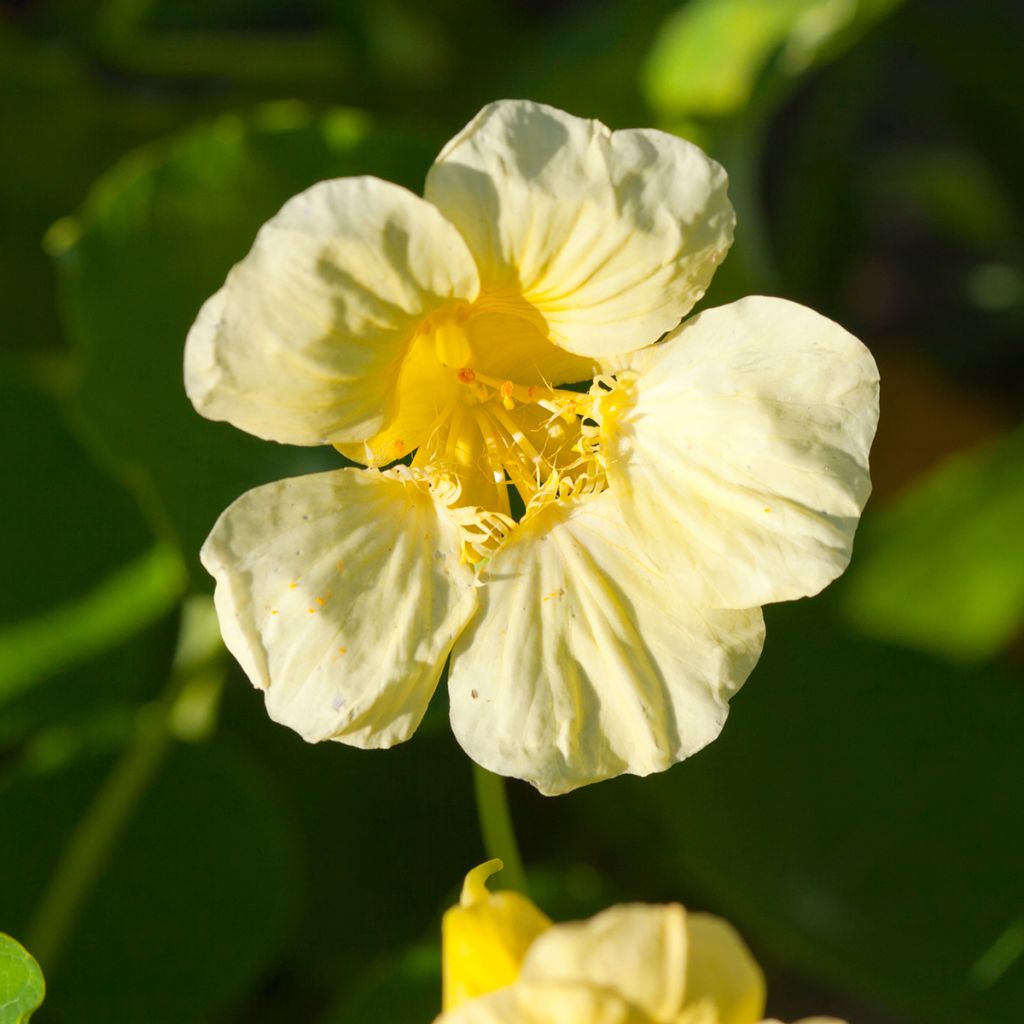

Tropaeolum lobbianum Moonlight
Tropaeolum lobbianum Moonlight
Tropaeolum lobbianum Moonlight
Garden Nasturtium, Climbing Nasturtium, Flame Flower, Flame Creeper, Lobbian Nasturtium
Special offer!
Receive a €20 voucher for any order over €90 (excluding delivery costs, credit notes, and plastic-free options)!
1- Add your favorite plants to your cart.
2- Once you have reached €90, confirm your order (you can even choose the delivery date!).
3- As soon as your order is shipped, you will receive an email containing your voucher code, valid for 3 months (90 days).
Your voucher is unique and can only be used once, for any order with a minimum value of €20, excluding delivery costs.
Can be combined with other current offers, non-divisible and non-refundable.
Home or relay delivery (depending on size and destination)
Schedule delivery date,
and select date in basket
This plant carries a 6 months recovery warranty
More information
We guarantee the quality of our plants for a full growing cycle, and will replace at our expense any plant that fails to recover under normal climatic and planting conditions.
Would this plant suit my garden?
Set up your Plantfit profile →
Description
The Tropaeolum lobbianum 'Moonlight' is a variety of climbing nasturtium that is characterised by its beautiful yellow flowers that resemble moonlight. It is ideal for ornamental use and flowerbeds, as well as vegetable gardens, in full sunlight. Vigorous and floriferous, it attracts useful insects (bees, bumblebees, hoverflies, etc.). It is versatile and can be grown on various supports in the garden: hedges, walls, trellises, balconies, pergolas, etc.
The Tropaeolum lobbianum, commonly known as Lobb's Nasturtium or Lobb's Giant Nasturtium, is an annual herbaceous plant, climbing or creeping, belonging to the Tropaeolaceae family. Native to Colombia, along with its close relative, Tropaeolum majus (native to Peru), they are grown in gardens, forming a plant composed of long intertwining stems of 3 to 5 metres (10 to 16 feet) in length, and offering a particularly intense flowering from June until the first frost. Introduced to Europe from the 17th century, nasturtiums found their place mainly in the gardens of priests, where their edible properties were already well-known. At that time, Louis XIV was one of its first enthusiasts.
The variety 'Moonlight' blooms profusely from June to October. From sowing, it forms a climbing plant that in one season produces stems 2.50 to 3 metres (8 to 10 feet) long. Its petiolate leaves are green, rounded, kidney-shaped, and undulate, measuring 5 to 6 cm (2in) in diameter. The cream-yellow flowers, funnel-shaped, with 5 fringed petals and 5 pointed sepals, develop solitarily in the axils of the leaves. Bees are the main pollinators of this plant in our climates. The flowering is followed by the formation of fruits containing seeds slightly smaller than peas, which are easy to sow.
Nasturtium is a versatile ingredient that can be enjoyed in many dishes. Leaves, flower buds, flowers, and seeds can be consumed. It gives an original and delicate touch to a simple green salad. The leaves and flowers can be added raw to sauces, mayonnaises, or salads; their flavor is spicy, aromatic with a peppery taste reminiscent of watercress. The flower buds and young fruits can also be pickled to offer a substitute for capers.
The climbing 'Moonlight' Nasturtium ensures exuberant and colourful flowering that illuminates the garden. It adapts to all styles of gardens by climbing any available support or as a ground cover. In pots or containers, but large enough, it finds its place to enhance a balcony, terrace, or patio. It is also an asset for gardeners as it attracts aphids and keeps them away from sensitive vegetables. Leaves and stems covered in aphids can be cut or left to feed beneficial insects. In a natural and organic garden, it is possible to prepare an extract based on nasturtium to treat plants.
Report an error about the product description
Flowering
Foliage
Plant habit
Botanical data
Tropaeolum
lobbianum
Moonlight
Tropaeolaceae
Garden Nasturtium, Climbing Nasturtium, Flame Flower, Flame Creeper, Lobbian Nasturtium
Cultivar or hybrid
Other Nasturtium seeds
View all →Planting and care
Two possible sowing periods:
Sow in pots under shelter in April, in a hole with 3 to 5 seeds. Place your pots in a bright room at a minimum of 18°C (64.4°F). It takes about 18 days for the seedlings to appear. Transplant your seedlings into the garden in May, after the last frost. Space your plants at a minimum distance of 30 to 50 cm (12 to 20in).
Sow your Nasturtiums directly in the garden from May (once the frost has passed) to June, in a hole with 3 to 5 seeds. Choose a sunny spot in well-drained soil that has been previously loosened. Sow the nasturtium seeds at a depth of 2 cm (1in) in rows spaced 30 cm (12in) apart, covering the seeds with a layer of soil equal to their size. Regularly water the soil, especially during dry periods. Germination usually takes 7 to 12 days. When the young plants are large enough to handle, thin them out to keep one plant every 30 cm (12in).
Removing faded flowers will promote new flowering. Nasturtiums are a real treat for aphids and caterpillars (especially the Cabbage White butterfly). The advantage is that they prevent an invasion on your cabbages. So do not place them near your cabbages in your vegetable garden.
Sowing period
Intended location
This item has not been reviewed yet - be the first to leave a review about it.
Similar products
Haven't found what you were looking for?
Hardiness is the lowest winter temperature a plant can endure without suffering serious damage or even dying. However, hardiness is affected by location (a sheltered area, such as a patio), protection (winter cover) and soil type (hardiness is improved by well-drained soil).

Photo Sharing Terms & Conditions
In order to encourage gardeners to interact and share their experiences, Promesse de fleurs offers various media enabling content to be uploaded onto its Site - in particular via the ‘Photo sharing’ module.
The User agrees to refrain from:
- Posting any content that is illegal, prejudicial, insulting, racist, inciteful to hatred, revisionist, contrary to public decency, that infringes on privacy or on the privacy rights of third parties, in particular the publicity rights of persons and goods, intellectual property rights, or the right to privacy.
- Submitting content on behalf of a third party;
- Impersonate the identity of a third party and/or publish any personal information about a third party;
In general, the User undertakes to refrain from any unethical behaviour.
All Content (in particular text, comments, files, images, photos, videos, creative works, etc.), which may be subject to property or intellectual property rights, image or other private rights, shall remain the property of the User, subject to the limited rights granted by the terms of the licence granted by Promesse de fleurs as stated below. Users are at liberty to publish or not to publish such Content on the Site, notably via the ‘Photo Sharing’ facility, and accept that this Content shall be made public and freely accessible, notably on the Internet.
Users further acknowledge, undertake to have ,and guarantee that they hold all necessary rights and permissions to publish such material on the Site, in particular with regard to the legislation in force pertaining to any privacy, property, intellectual property, image, or contractual rights, or rights of any other nature. By publishing such Content on the Site, Users acknowledge accepting full liability as publishers of the Content within the meaning of the law, and grant Promesse de fleurs, free of charge, an inclusive, worldwide licence for the said Content for the entire duration of its publication, including all reproduction, representation, up/downloading, displaying, performing, transmission, and storage rights.
Users also grant permission for their name to be linked to the Content and accept that this link may not always be made available.
By engaging in posting material, Users consent to their Content becoming automatically accessible on the Internet, in particular on other sites and/or blogs and/or web pages of the Promesse de fleurs site, including in particular social pages and the Promesse de fleurs catalogue.
Users may secure the removal of entrusted content free of charge by issuing a simple request via our contact form.
The flowering period indicated on our website applies to countries and regions located in USDA zone 8 (France, the United Kingdom, Ireland, the Netherlands, etc.)
It will vary according to where you live:
- In zones 9 to 10 (Italy, Spain, Greece, etc.), flowering will occur about 2 to 4 weeks earlier.
- In zones 6 to 7 (Germany, Poland, Slovenia, and lower mountainous regions), flowering will be delayed by 2 to 3 weeks.
- In zone 5 (Central Europe, Scandinavia), blooming will be delayed by 3 to 5 weeks.
In temperate climates, pruning of spring-flowering shrubs (forsythia, spireas, etc.) should be done just after flowering.
Pruning of summer-flowering shrubs (Indian Lilac, Perovskia, etc.) can be done in winter or spring.
In cold regions as well as with frost-sensitive plants, avoid pruning too early when severe frosts may still occur.
The planting period indicated on our website applies to countries and regions located in USDA zone 8 (France, United Kingdom, Ireland, Netherlands).
It will vary according to where you live:
- In Mediterranean zones (Marseille, Madrid, Milan, etc.), autumn and winter are the best planting periods.
- In continental zones (Strasbourg, Munich, Vienna, etc.), delay planting by 2 to 3 weeks in spring and bring it forward by 2 to 4 weeks in autumn.
- In mountainous regions (the Alps, Pyrenees, Carpathians, etc.), it is best to plant in late spring (May-June) or late summer (August-September).
The harvesting period indicated on our website applies to countries and regions in USDA zone 8 (France, England, Ireland, the Netherlands).
In colder areas (Scandinavia, Poland, Austria...) fruit and vegetable harvests are likely to be delayed by 3-4 weeks.
In warmer areas (Italy, Spain, Greece, etc.), harvesting will probably take place earlier, depending on weather conditions.
The sowing periods indicated on our website apply to countries and regions within USDA Zone 8 (France, UK, Ireland, Netherlands).
In colder areas (Scandinavia, Poland, Austria...), delay any outdoor sowing by 3-4 weeks, or sow under glass.
In warmer climes (Italy, Spain, Greece, etc.), bring outdoor sowing forward by a few weeks.






























